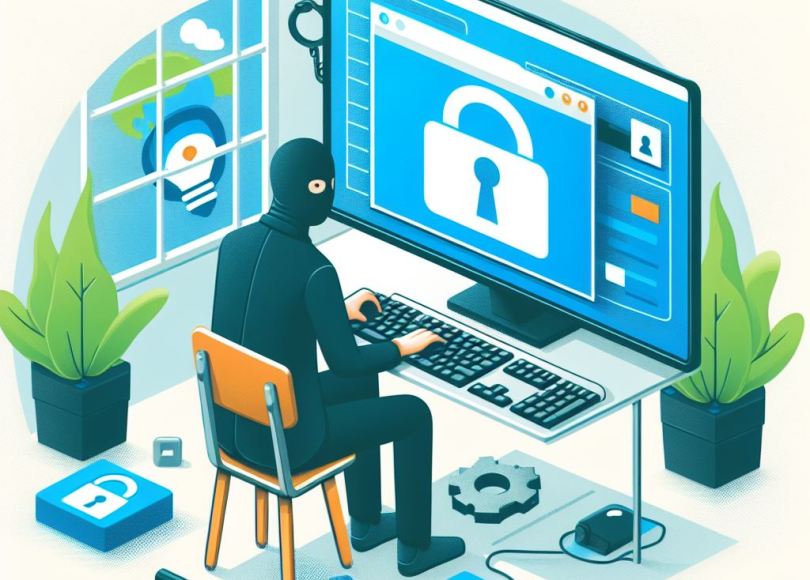Ever stumbled upon a program you desperately want to install, but alas, your Windows overlord (read: administrator) has locked it behind a password barrier? While the temptation to seek a quick workaround might be strong, one particular method – bypassing the administrator password requirement – deserves a closer look before you click your way into potential trouble.
This technique, often found circulating in online forums and video tutorials, involves creating a batch file (.bat) that tricks your computer into running the desired program with administrator privileges, bypassing the password prompt altogether. While it might sound like a nifty hack, let’s delve into why you should tread carefully before attempting this manoeuvre:
Why it works:
A batch file is a simple text file containing a series of commands for your computer to execute. The magic lies in the runas command, which allows you to run programs as a different user, including the administrator. By combining runas with the path to your desired program, the batch file essentially impersonates the administrator and launches the software without needing its password.
Where it works:
This method only works on Windows machines where administrator accounts exist. Additionally, the targeted program needs to be compatible with being run through a batch file. Some programs might have their own built-in security measures that prevent this type of bypass.
The risks:
- Security vulnerability: Bypassing the administrator password essentially removes a crucial layer of security. Malicious actors could exploit this technique to install malware or gain unauthorized access to your system.
- System instability: Batch files can be finicky, and even a minor typo can lead to unintended consequences. Running programs as an administrator grants them extensive privileges, so any errors in the batch file could potentially harm your system.
- Legal implications: Hacking into other computers, even without malicious intent, is illegal. This method should only be used on your own personal devices.
How to stay safe:
- Respect the password barrier: If the administrator has restricted certain software installations, there’s likely a good reason. Understand their concerns and seek their permission before attempting any workarounds.
- Use built-in tools: Windows offers various ways to manage software installations and user permissions without resorting to risky hacks. Explore features like User Account Control (UAC) and Group Policy to find secure and authorized methods for installing desired programs.
- Practice good security hygiene: Keep your Windows system updated with the latest security patches, install reputable antivirus software, and be cautious about downloading programs from untrusted sources.
Multiple Batch File Examples:
For those curious about the structure of these bypass methods, here are two example batch files:
Example 1: Running a program as administrator without a password prompt
Code snippet
runas /user:administrator "C:\Program Files\ExampleSoftware\Example.exe"
Explanation:
runas: Launches a program as a different user./user:administrator: Specifies the user account to use (administrator)."C:\Program Files\ExampleSoftware\Example.exe": Path to the program.
Example 2: Using Set __COMPAT_LAYER=RunAsInvoker to suppress UAC prompts
Code snippet
Set __COMPAT_LAYER=RunAsInvoker
Start "" "C:\Program Files\ExampleSoftware\Example.exe"
Explanation:
Set __COMPAT_LAYER=RunAsInvoker: Tells Windows to run the following program with current user privileges, bypassing UAC.Start "" "C:\Program Files\ExampleSoftware\Example.exe": Launches the program with the applied compatibility setting.
Copy the either Code snippet and save it as an Anyfilename.bat and Run.
The Importance of Responsible Computing:
While these examples might pique your curiosity, it’s crucial to prioritize responsible computing practices. Understand the risks associated with bypassing security measures and always seek authorized methods for software installations. Your system’s safety and the integrity of your data should always be top priorities.
By understanding the risks and practising safe computing habits, you can avoid compromising your system’s security and ensure that your software installations are always authorized and secure.
Disclaimer: This article is for informational purposes only and should not be construed as condoning or encouraging illegal activities. Always prioritize responsible computing practices and respect the security measures implemented by administrators.
